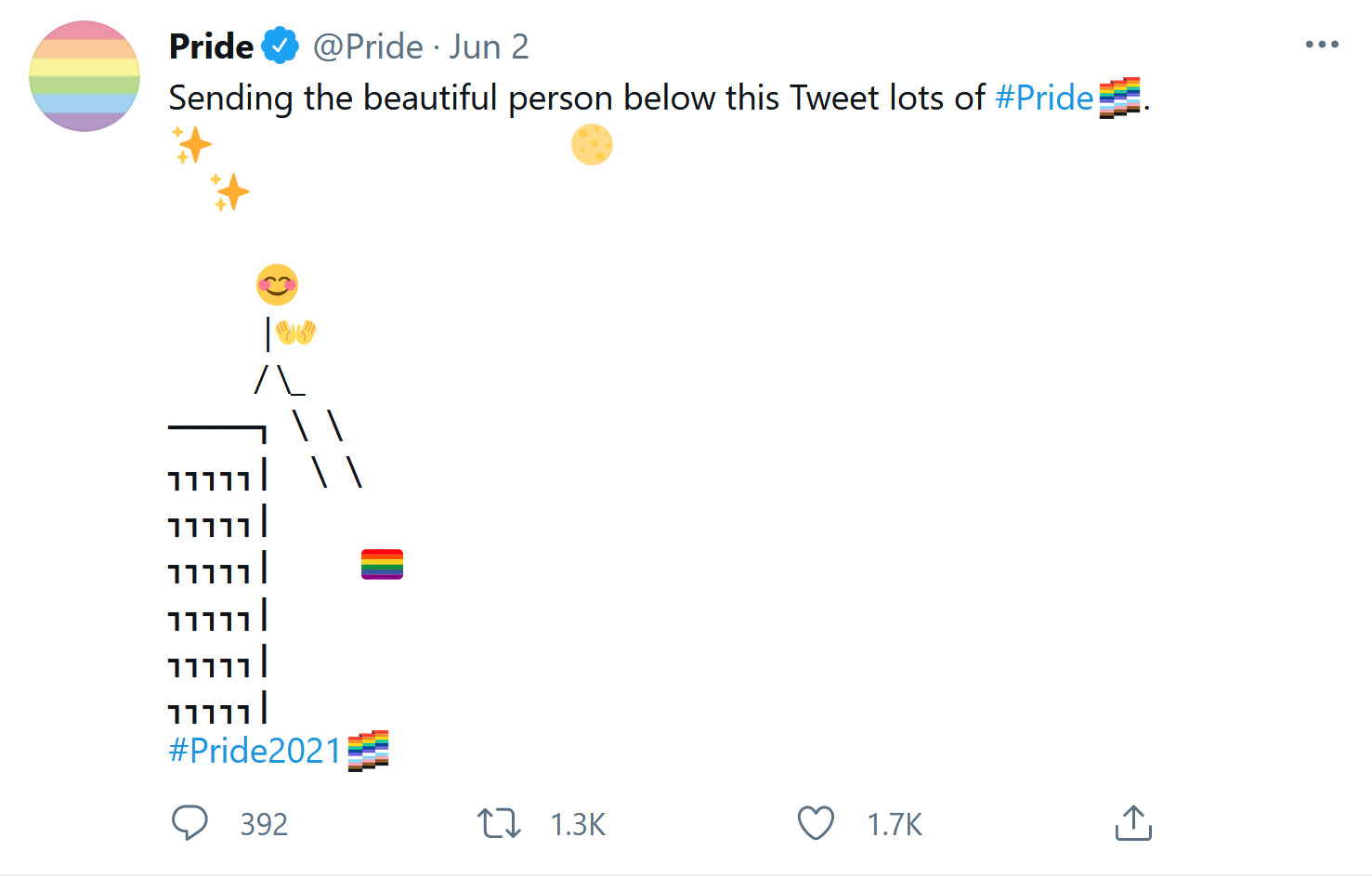London based Aussie born Sky Gyngell has a lovely short story on Australia in the Financial Times 19 June 2021
“In Australia, home is not a house to me any more because my family home is long gone, and my brothers and sisters have their own lives and kids. But that landscape is definitely home. When we were little kids, if anything went wrong, if you had a cold, a cut, you were told, “Get in the sea, you will feel better.”
The sea was the great healer. I just want to put my head under salt water.
THE WRITER OF THIS ARTICLE ALSO WROTE THIS HEADLINE AND THAT’S RARE:
Headlines are important. They have the ability to draw readers into a piece that they otherwise might skip. They also have the ability to completely tank an article that is otherwise full of good information. How can you avoid reading a story with the headline “Underwear bandit caught, admits brief crime spree” or the infamous 1983 headline from the New York Post, “Headless body in topless bar”?
Headlines are the first thing news consumers see when searching for stories or columns to read. They are essential in trying to attract eyes on articles writers have spent hours—sometimes even days or months—working on.
And so it is surprising to learn that authors generally don’t write their own headlines. Different publications have different staffing and processes, but for the most part it’s a section or copy editor who writes headlines.
Think about the work that goes into putting out a newspaper, the print kind that leaves your fingers stained with ink. Headlines are dependent on an article’s length, the page’s design, and how many other pieces are on that page. They have to fit within a certain number of columns, and font size might be dictated by a page designer or the publication’s style guide.
“If you think about newspapers, there were column inches. There were fixed widths, and you had to have a headline that fit. So people developed the skill at writing headlines to fit with their particular paper’s style and layout,” Rutgers University history and journalism professor David Greenberg told The Dispatch. “You had to know what you were doing. There was a kind of technical precision to it.”
Related: James Lileks on another aspect of newspaper and Website design: Editorial illustrations have “converged into a uniform blobby minimalist style,” or as Lileks dubs it, “Colorforms Totalitarianism.”
Why there is little need to be afraid of forests (and of the wild animals in them) Scroll
The Marshall Project Wins The Pulitzer PrizeMarshall Project
Winged Words London Review of Books. Tariq Ali.
BUILT-TO-RENT SUBURBS ARE POISED TO SPREAD ACROSS THE U.S. WSJ
Disruption to shipping could delay Christmas orders BBC
‘THIS WASN’T WELL THOUGHT OUT:’ Pride’s tweet sending out lots of pride looks kind of…Iranian.

As Obama’s Middle East “advisor” Ben Rhodes famously said, “The average reporter we talk to is 27 years old, and their only reporting experience consists of being around political campaigns. That’s a sea change. They literally know nothing.” The same goes for those who create social media content for corporations and non-profit organizations. They really know nothing of how Ben Rhodes’ buddies in the Middle East operate: ISIS Hurls Gay Men Off Buildings, Stones Them: Analysts.
